Ainu Indigenous Cultural Tourism
, by Ayaka
In this article, we will discuss where the Ainu originate from, how many Ainu still reside in Hokkaido and discuss how the Ainu perceive the past, present and future of Ainu indigenous cultural tourism.
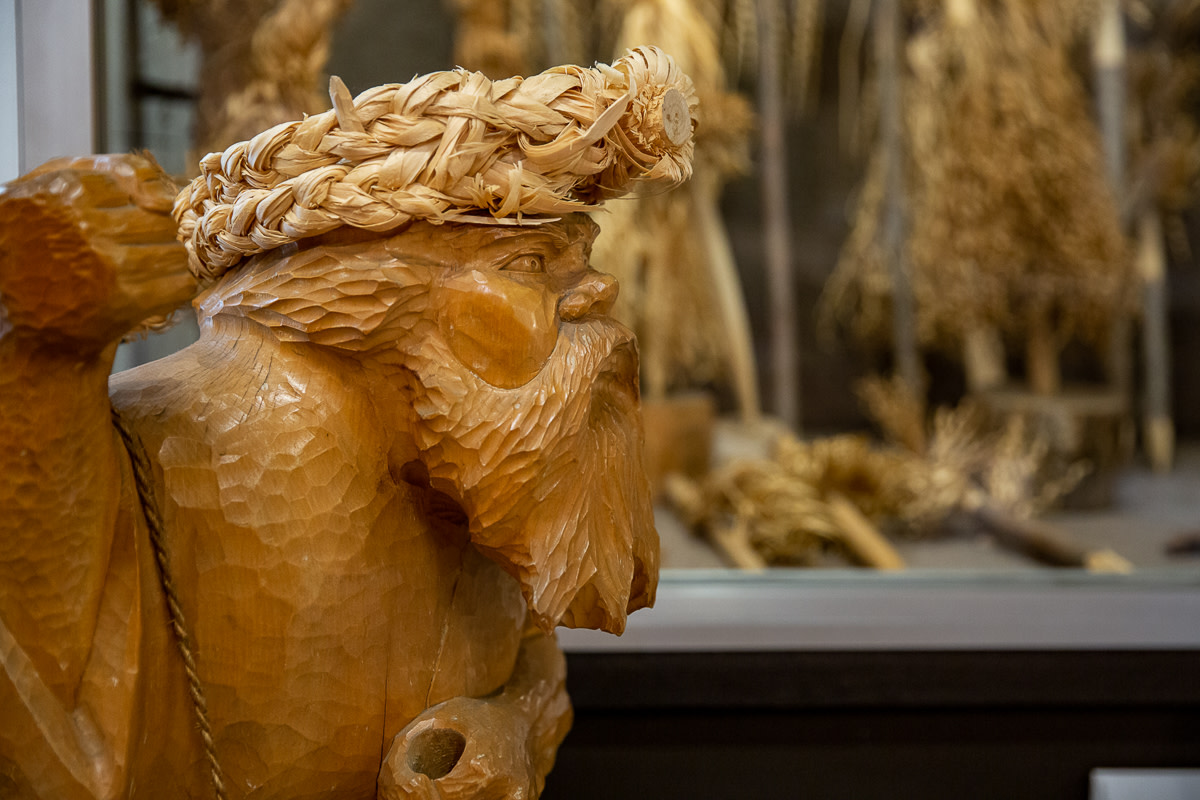
In this article, we would like to share a thought-provoking discussion we had with Shinrit Eoripak Aynu (Kenichi) and Hisae Kawamura about Ainu indigenous cultural tourism.
Hokkaido is home to the Ainu or Aynu, Indigenous people of Japan. On our tours, we often talk about them and where possible we try to fit in a visit to an Ainu museum in our itineraries. The Ainu are an integral part of what shapes Hokkaido, and cannot be left out of discussions about Hokkaido’s history and culture.
As we take guests to these places of cultural and historical significance to the Ainu, we’ve also come to increasingly question ourselves: “How do the Ainu perceive tourism and tourists?” “Is conventional Ainu tourism ethical?” To obtain answers to these questions, we visited and interviewed the Directors of Kawamura Kaneto Ainu Museum in Asahikawa.
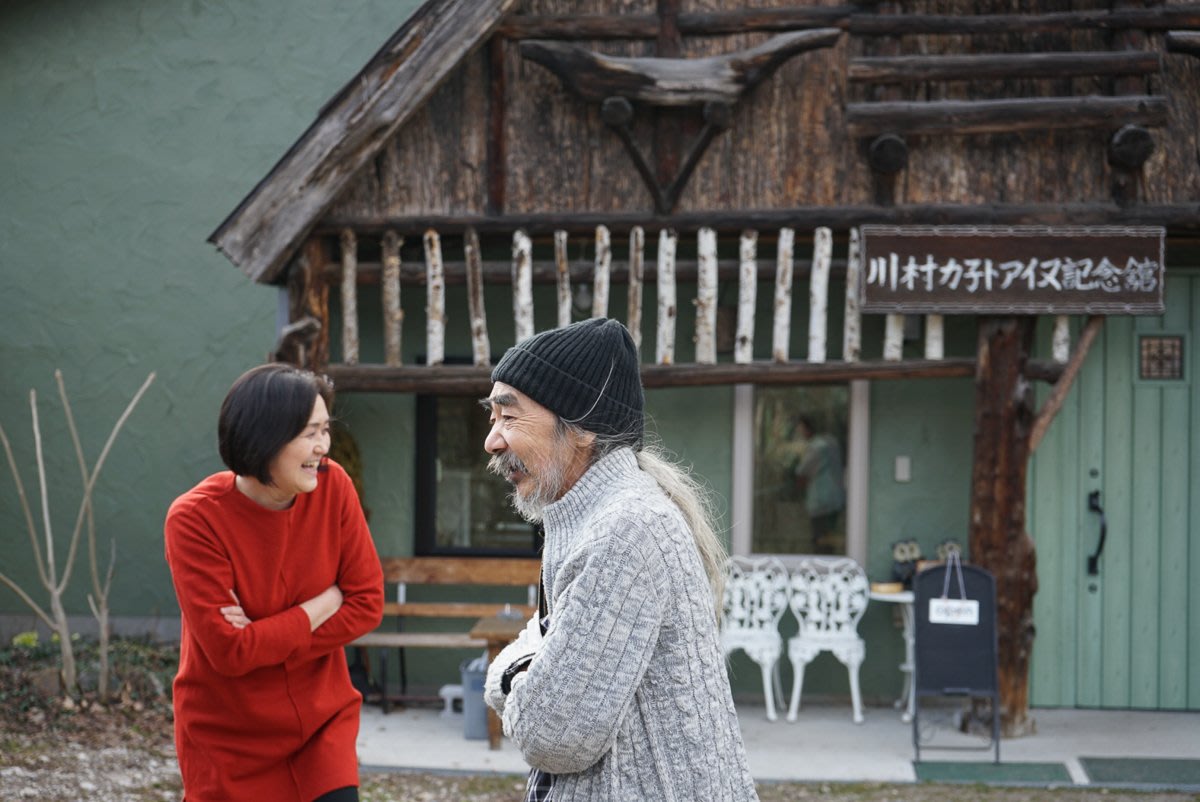
First of all, who are the Ainu? Where do they come from?

How many Ainu are still around?
*For the first time in the Japan history of law, the Ainu were acknowledged as the indigenous people
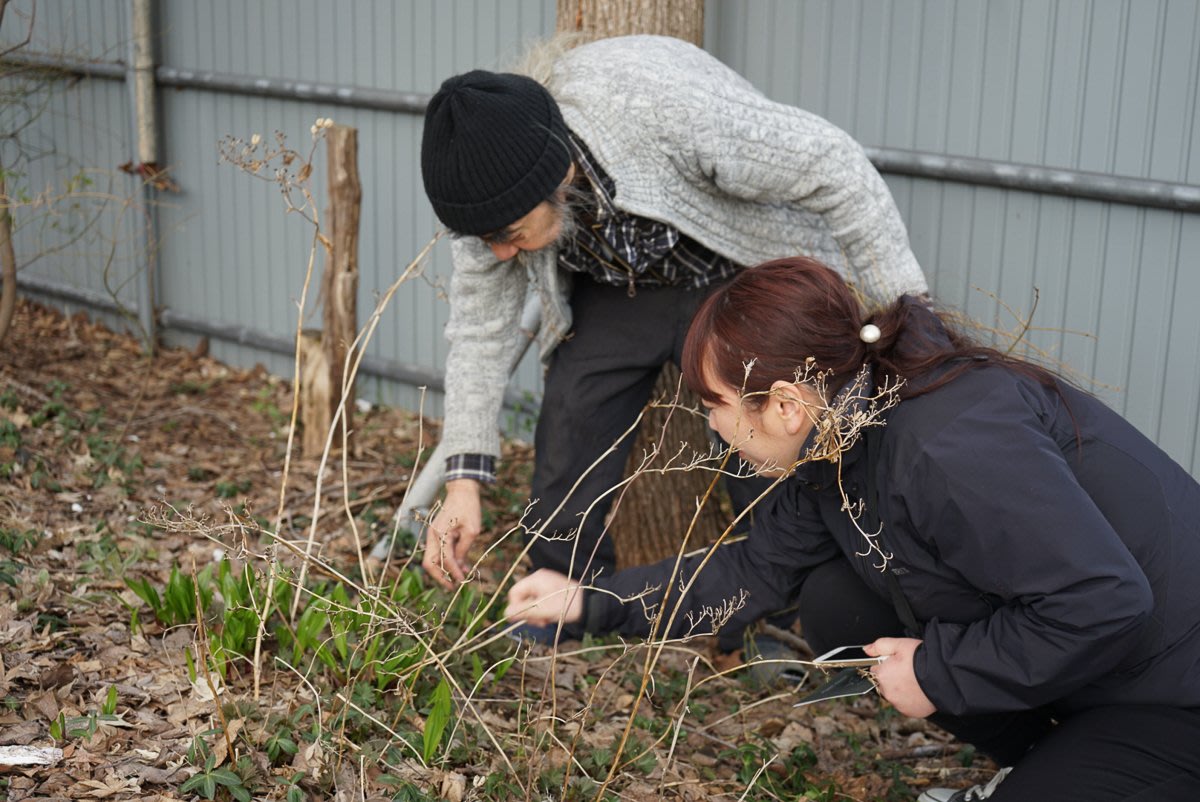
How did Ainu indigenous cultural tourism begin in Hokkaido?

How do you feel about Ainu tourism going forward?
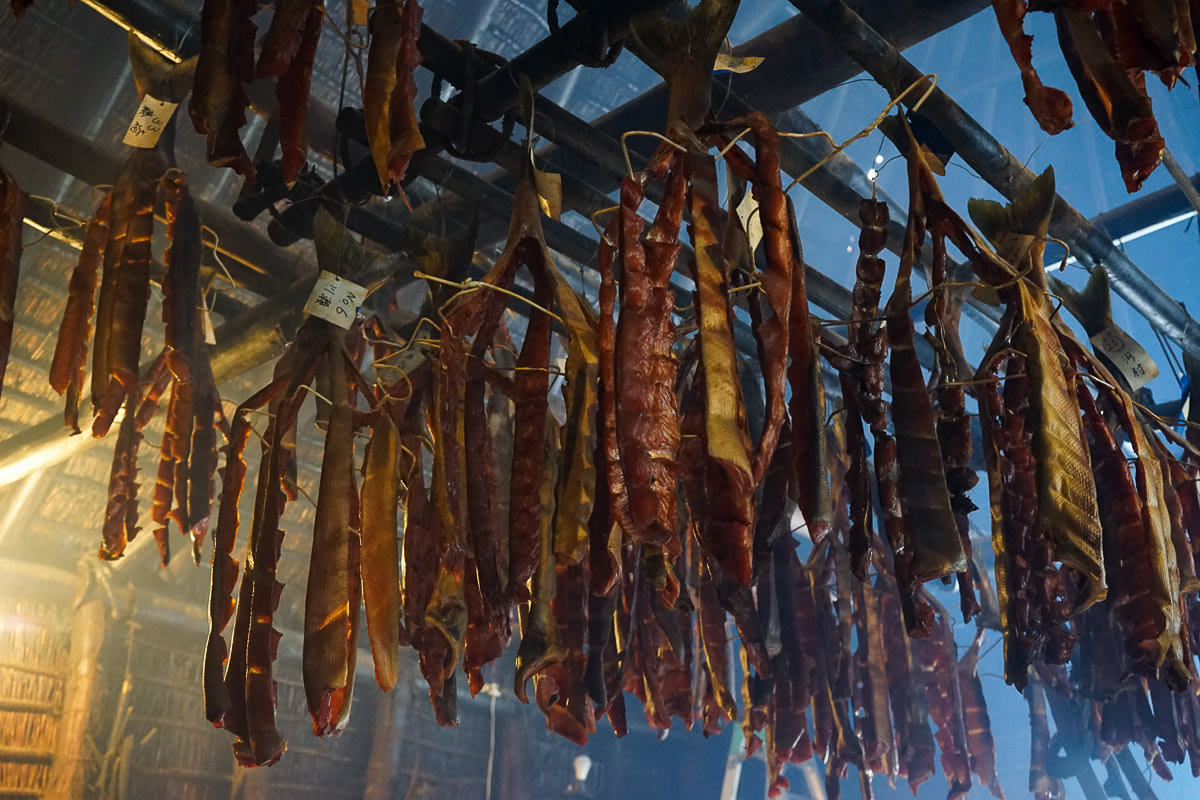
If you have some time during your visit to Hokkaido, we highly recommend a visit to the Kawamura Kaneto Ainu Museum. They are welcoming and open-heartedly share their knowledge and thoughts about Ainu history, culture and where they stand today. Pop in to their museum (it’s also where they live) and say “irankarapte“, hi in the Ainu language!
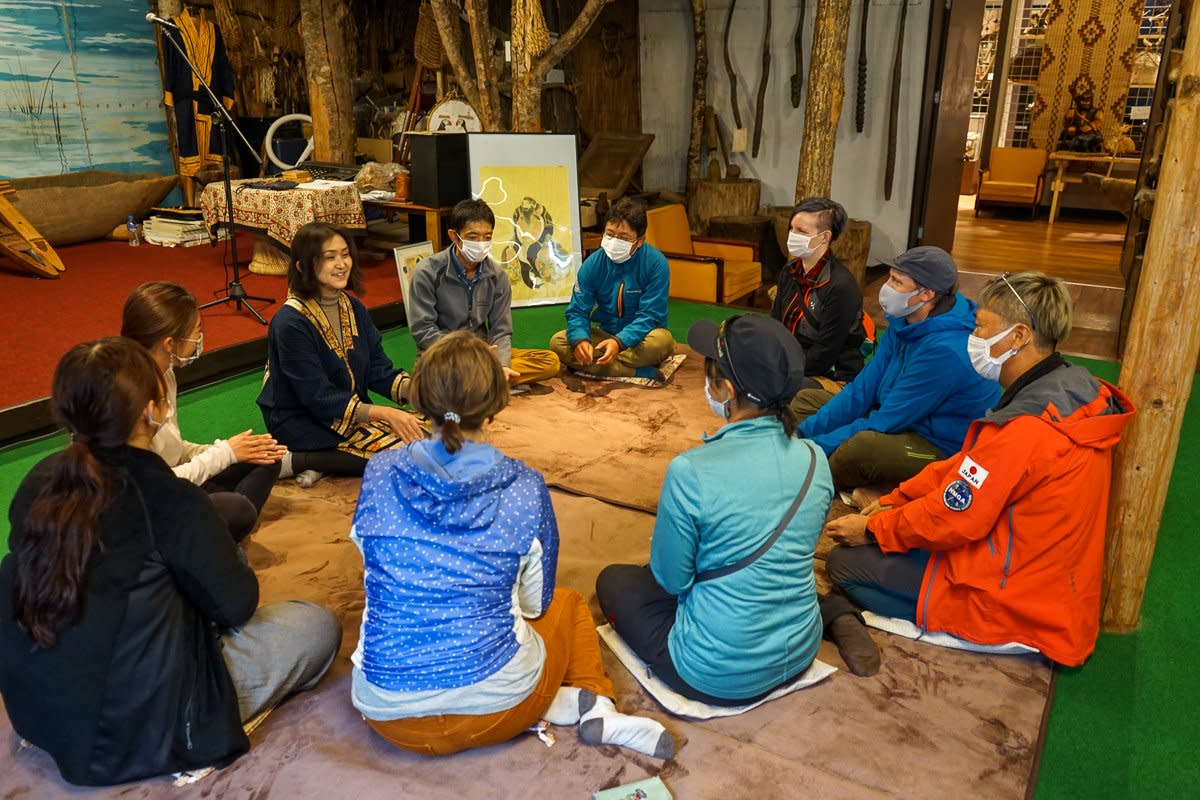
Open Hours – Everyday from 9:00 am to 5:00 pm (From July to August from 9:00 am to 6:00 pm)
Entry Fee – ¥500